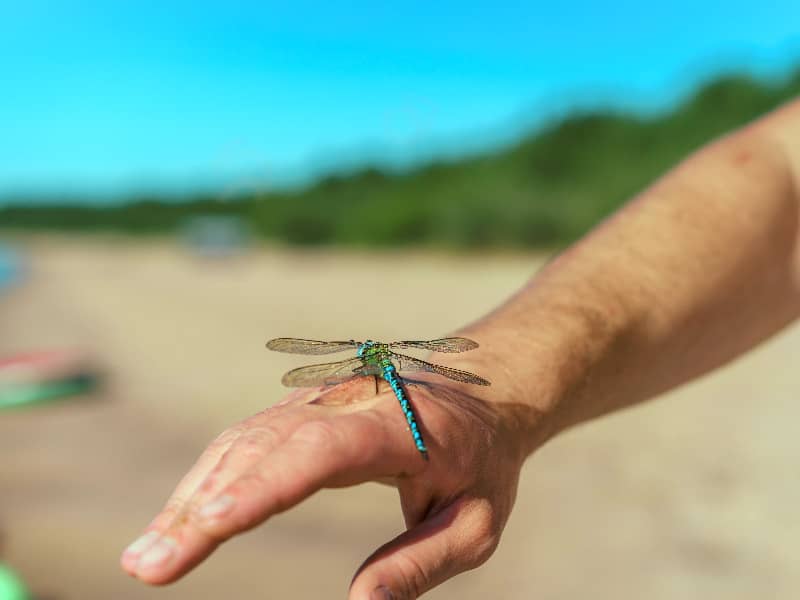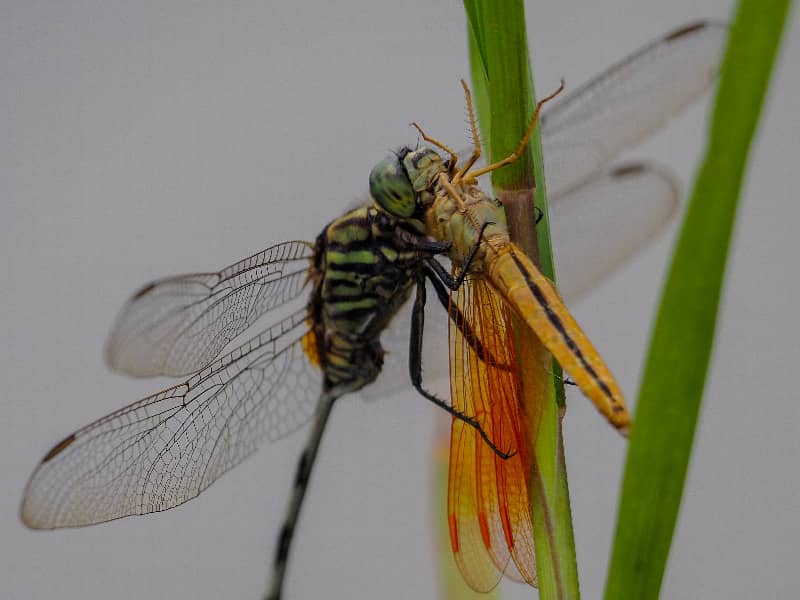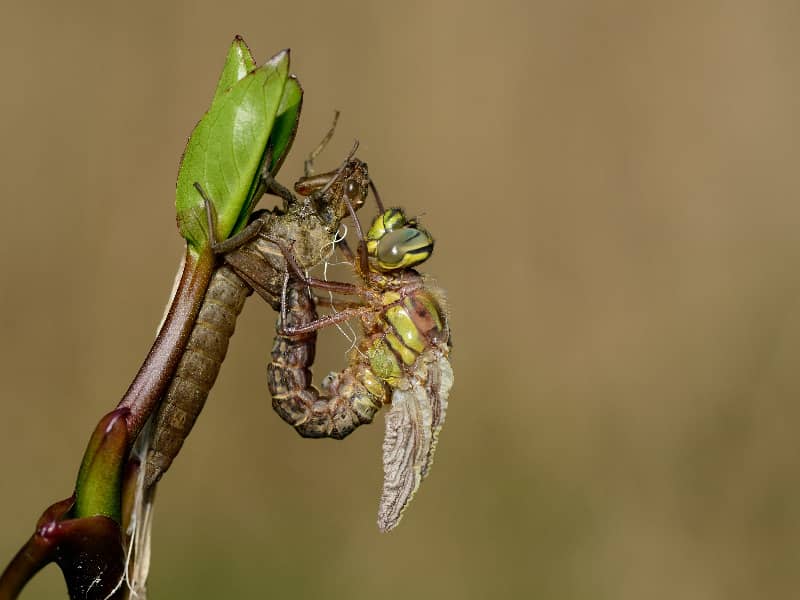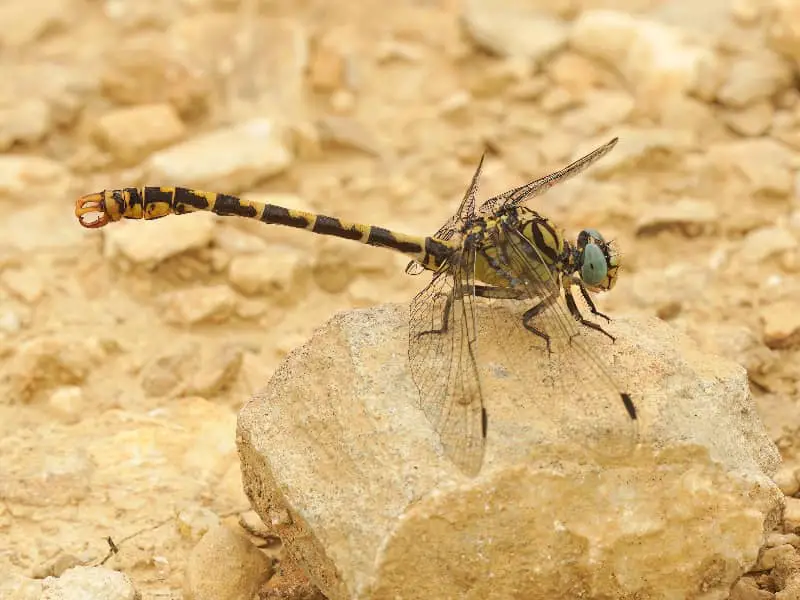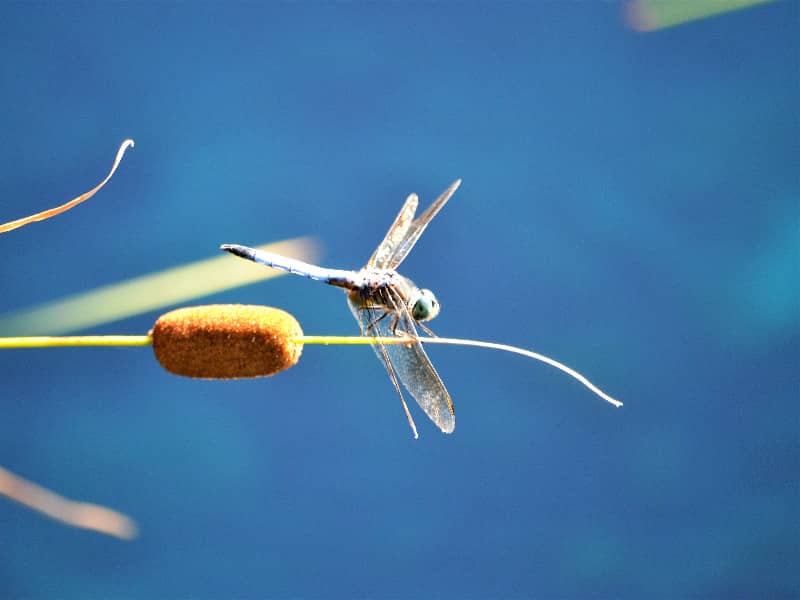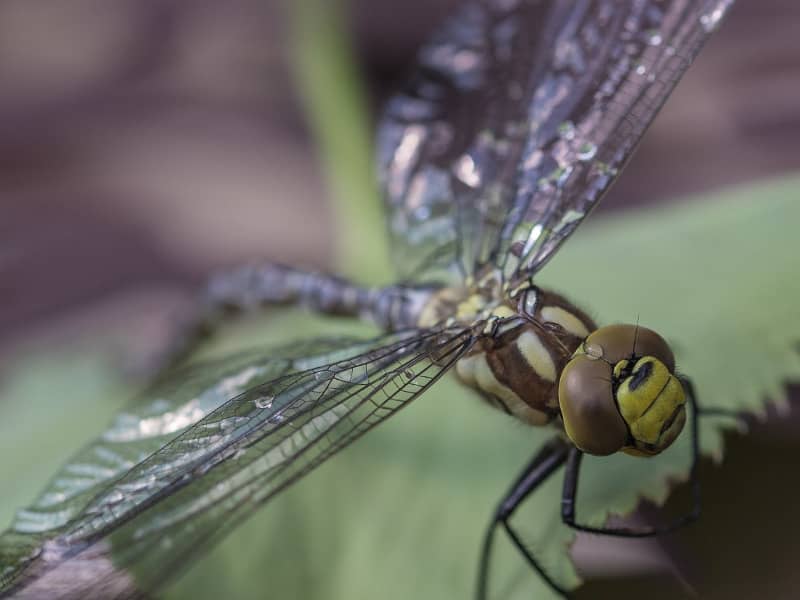
Mosaic damselflies
The mosaic damselfly is a fascinating and colorful dragonfly species native to Germany. With its striking appearance and unique behavior, it attracts the attention of nature enthusiasts. In this article we will take a closer look at the world of mosaic dragonflies and learn about their fascinating characteristics, biodiversity, habitat and importance for the ecosystem.
Features of mosaic damselflies
Mosaic damselflies are characterized by their bright colors and filigree appearance. They belong to the damselfly family and are known for their striking wing patterns that resemble mosaics. These patterns vary by species and can range from bright blues and greens to vibrant reds. The body of mosaic damselflies is slender and long, and they have large, faceted eyes that give them excellent vision. Their wings are transparent and delicate, which gives them an elegant flight pattern.
Another notable feature of mosaic damselflies is their sex-specific appearance. Male mosaic damselflies often have lighter colors and a prominent dark spot at the end of their abdomen. Female mosaic damselflies, on the other hand, usually have a more inconspicuous coloration and a thicker abdomen to carry their eggs.
Species diversity of mosaic damselflies in Germany
There are several species of mosaic damselflies in Germany, each with its own unique characteristics and behaviors. Here are some of the most common species:
- Common mosaic dragonfly (Aeshna mixta)
- Blue-green mosaic dragonfly (Aeshna cyanea)
- Large mosaic damselfly (Aeshna grandis)
- Small mosaic damselfly (Aeshna viridis)
- Southern mosaic damselfly (Aeshna affinis)
Each of these species has its own habitat and food preferences, which contributes to their unique diversity. The mosaic damselflies are widespread throughout Germany and can be found in various bodies of water such as lakes, ponds and rivers.
Habitat and distribution of mosaic damselflies
The mosaic damselflies prefer clean and stagnant or slow-flowing waters as their habitat. They are often found near reed or riparian vegetation, as this provides them with a suitable place to rest and lay eggs. The waters in which the mosaic damselflies live must also be rich in prey such as insect larvae, as these serve as their main food sources.
In Germany, mosaic damselflies are widespread and can be observed in various regions of the country. They are found not only in natural waters, but also in artificial ponds and gardens that provide suitable habitats for them. Mosaic damselflies are adaptable and can adapt to different environments as long as their basic needs are met.
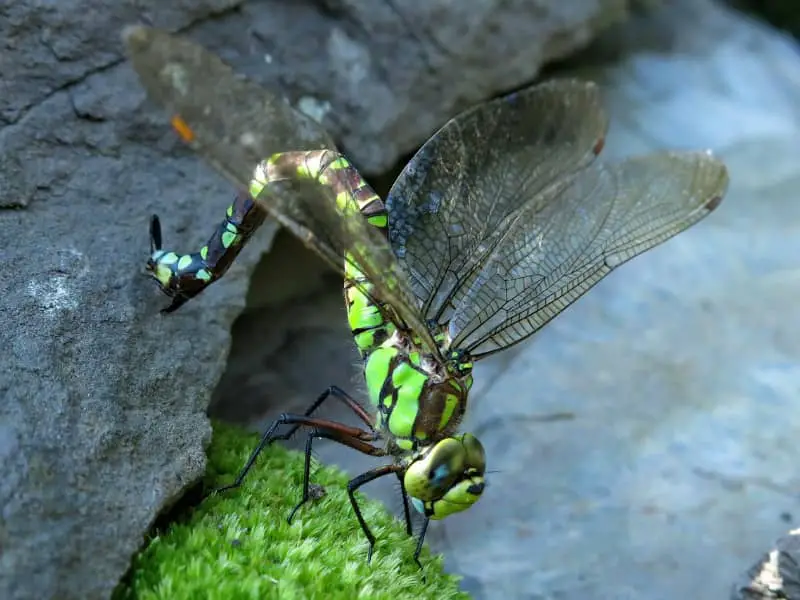
Life cycle of the mosaic damselflies
The life cycle of mosaic damselflies includes several stages, from egg laying to adulthood. Females lay their eggs in or near bodies of water by piercing them with their abdomen into plant material or sand. The eggs take several weeks to months to develop, depending on the species and ambient temperature.
Once the eggs hatch, they hatch into tiny larvae called nymphs. These nymphs live in the water and feed on small insect larvae and other aquatic organisms. They go through several molting stages as they grow and develop. After some time, the nymphs crawl out of the water and shed their skin one last time to assume their final form as adult mosaic damselflies.
The adult mosaic damselflies spend most of their time in the air, where they hunt for prey and move around. They have strong territorial behavior and defend their territory from other mosaic damselflies. The life span of adult mosaic damselflies varies depending on the species and environmental conditions, but is usually only a few weeks to months.
Importance of the mosaic damselfly in ecosystems
Mosaic damselflies play an important role in the ecosystems in which they occur. As predatory insects, they help regulate populations of insect larvae and other prey. Their presence in water bodies helps maintain ecological balance and prevent overpopulation of certain organisms.
In addition, mosaic damselflies also serve as a food source for other animals such as birds and fish. The larvae and adult mosaic dragonflies are eaten by these predators and thus contribute to the food chain. Their presence in an ecosystem is therefore a sign of a healthy and diverse living environment.
Threats to mosaic damselflies and conservation measures.
Although mosaic damselflies are widespread in Germany, they are nevertheless exposed to various threats. Habitat destruction due to human interventions such as wetland drainage and water pollution can have a negative impact on their populations. Climate change and the associated changes in living conditions can also pose a challenge.
To ensure the protection of the mosaic damselfly, various conservation measures are being taken. These include preserving wetlands and water bodies, promoting semi-natural gardens, and raising public awareness of the need to protect these fascinating insects. It is important that we are aware of how our actions affect natural habitats and how we can help to preserve them.
Conclusion
The world of mosaic damselflies is a colorful and fascinating one. With their unique characteristics, diversity of species, specific habitat and importance to ecosystems, they are a valuable part of nature. It is important that we are aware of how to protect these fascinating insects and preserve their habitats. By protecting mosaic damselflies, we are helping to preserve biodiversity and the balance of nature.
Author
Last posts
- 15. March 2024ChickensRobuster Kunststoffzaun für Hühner – Tipps
- 13 October 2023DragonfliesBlue feather damselfly
- 12 October 2023DragonfliesYellow dragonfly - What are the species?
- 12 October 2023DragonfliesEarly Adonis Damselfly

